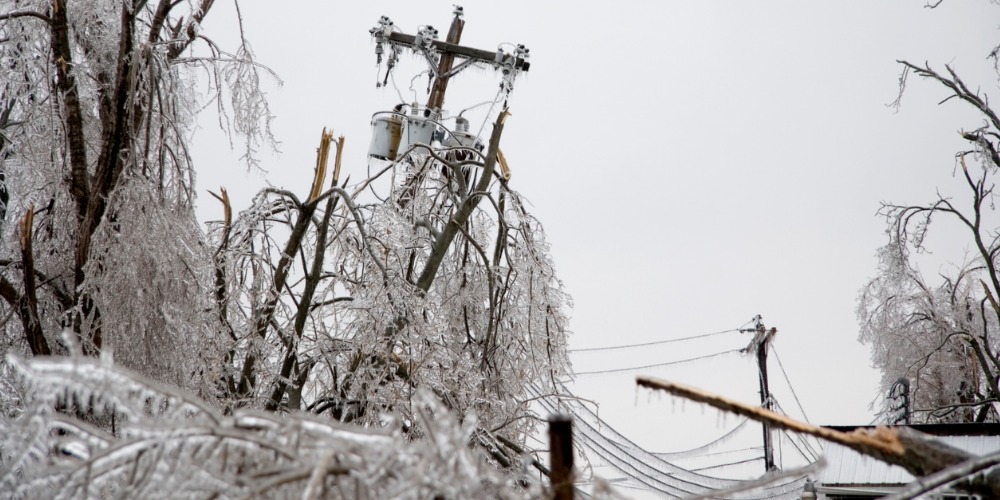Do you own an apartment building, condominium, senior-housing unit, military-housing complex or multifamily unit?
Multifamily dwellings like these have unique security needs, including more guests, deliveries and foot traffic, and greater chance of accident or security threat. Proper security measures are critical to keep residents protected—and limit your liabilities.
As explained in MultiFamily Executive: "Multifamily owners and managers [should] conduct a formal process, usually while working with a security expert, to determine reasonably foreseeable threats and risks at their properties, and then implement appropriate security measures to counteract those threats and risks"
Below are six basic tips to keep your multifamily property secure.
1. Monitor Common Areas
Use access control mechanisms and/or security cameras to monitor common areas, such as fitness centers, elevators, pools, dumpsters and lobbies. This way if something is amiss, you'll know right away and can respond accordingly. Through access logs and historical video footage, you’ll also be able to better identify responsible parties if damage, theft or violence occurs.
2. Use Light to Your Advantage
Make sure that common areas are well lit to deter crime and make residents feel safer. Illuminate pathways, hallways, parking lots, etc. People are more likely to act out when they have darkness on their side. In fact, a U.S. Department of Justice report found that improved street lighting in residential areas led to a “21% decrease in crime compared with comparable control areas.”
3. Perform Background Checks
Conduct background checks on residents and employees (security guards, grounds crews, etc.) to ward off sketchy, or questionable, individuals from the start.
Make sure employees are uniformed, or have ID badges, for an added level of security. This limits the chances that residents will let an imposter into their unit to “change a light bulb” or “fix a toilet,” and consequently open themselves up to danger.
4. Build with Security in Mind
Build housing units with security in mind. For example, put deadbolt locks on the doors and locks on the windows, and make sure homes are equipped with smoke detectors.
Check in on these items regularly to make sure they are maintained, and fix problems as needed. You are responsible for providing reasonable protection for residents.
Install access control measures at all entrances through the use of keys, swipe cards or stationed security guards to deter unwanted visitors from entering. Educate residents on the dangers of letting strangers into the building/complex—even if they claim to know someone inside.
5. Advocate for Security Systems
Consider offering a built-in security system for each resident for added protection.
At a minimum, be educated on residents’ security options and encourage them to install additional safeguards based on their lifestyles.
If new lessees want to install their own security system, connect them with appropriate resources and recommended vendors to streamline the process.
6. Encourage a Sense of Community
Violence drops by as much as 40% in neighborhoods where residents know and watch out for another, according to a Harvard University study. Help residents get to know one another through common places (e.g. park, community garden) or sponsored activities (e.g. community get-togethers, organized sports). Encourage interaction through the design of the space and amenities offered.



